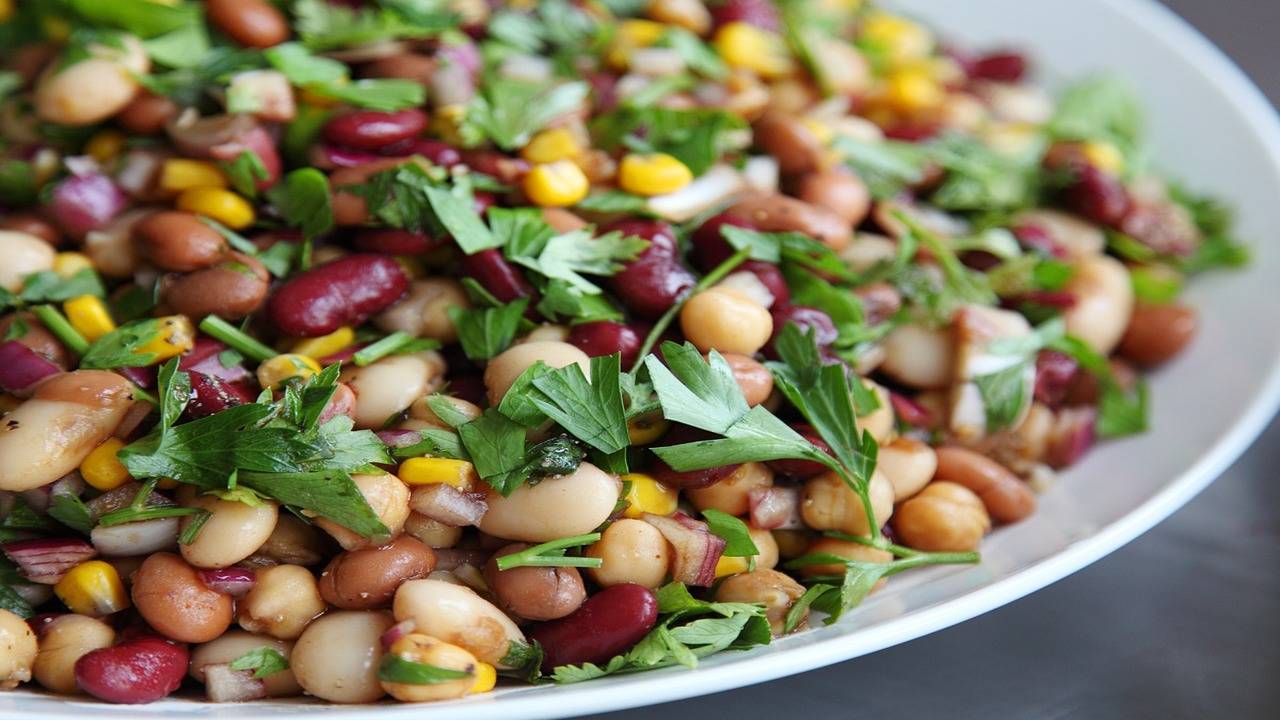I love cooking with alcohol. The magnificent aromas, the satisfying glug of rich liquid pouring from the bottle, and, of course, the drinking. Sure, French cooking gets well-deserved attention for its liberal use of wine, and Japanese cooking wouldn’t be nearly as delicious without mirin and sake, but there are few places where alcohol is used as effectively, or as liberally, as in Chinese cuisines. If your pantry (or liquor cabinet) is short a bottle of Chinese wine, for cooking and for drinking, it’s time to fix that. And we’re here to help.
What is Chinese cooking wine?
Chinese wines are made by fermenting grain (typically rice or sticky rice mixed with millet, barley, or wheat) with a starter of molds and yeasts. There is a huge range of styles, from light, clear mijiu (similar to Japanese sake) to dark, sweet xiang xue jiu (“fragrant snow wine”). But when someone refers to liaojiu (cooking wine), they are usually talking about a variety of amber huangjiu (“yellow wine”). The best huangjiu comes from the city of Shaoxing. The medium-dry huadiao (“carved flower”) wine produced in Shaoxing has a rich, slightly nutty taste perfect for braises, stir-fries, or for sipping in the kitchen. Careful, though — most exported wine labeled as Shaoxing is spiced and salted to get around taxes and import fees for drinkable wines. These salted cooking wines are generally inferior to genuine, unsalted Shaoxing wines, but they’ll do for most recipes. If you can find a bottle labeled huadiao, get it. If it’s unsalted, even better.
Why use Chinese cooking wine?
If you’re like me, it probably breaks your heart just a little bit to pour a bottle of perfectly sippable wine into a braise or stew, particularly if you’ll have to wait hours to actually eat it. It’s a little easier, of course, if that wine is puckeringly salty. But still, why bother cooking with alcohol when you could be drinking it instead?
The most obvious answer is that it tastes delicious. Take a little sip of your Chinese cooking wine (even if it’s salted) and swirl it around your tongue. You should find sweet, sour, astringent, and umami notes, along with a rich, complex aroma. All of those qualities will carry through to the final dish, along with the faintest trace of alcoholic sharpness (contrary to popular belief, some alcohol always remains after cooking). But there’s more! Alcohol itself is an excellent solvent and bonds to aromatic compounds in the dish, including some that are not soluble in water or oil. According to Harold McGee, author of “On Food and Cooking,” a small amount of alcohol in a dish actually helps release some of those aromatic compounds into the air, enhancing the fragrance of the finished food (think penne alla vodka). Finally, Chinese cooking wine is very effective at reducing gaminess, fishiness, or funk, finding its way into marinades and dishes containing lamb, pungent fish, or certain fermented products.
Where can I buy Chinese cooking wine?
Chinese cooking wine is available in Chinese groceries and markets catering to East and Southeast Asian communities. The salted varieties are also easy to find online. Again, it is always best to use an unsalted wine from Shaoxing labeled huadiao. Nicer varieties are often sold in ceramic jugs instead of glass bottles.
What can I substitute?
If you can’t find a bottle of Chinese cooking wine, or if you got lost on the way to the stove and accidentally emptied the last drops into your mouth (whoops!), there are plenty of alternatives. Dry sherry is a great substitute in a pinch, and sake or white wine are also perfectly fine, at least in recipes where the wine isn’t the star of the show. For those who avoid alcohol of all kinds, it’s best to swap in a liquid that will boost the other flavors in the dish, like an umami-rich stock.
How should I use Chinese cooking wine?
Flip through your favorite Chinese cookbook, and you’ll likely find that many, if not most, of the recipes call for cooking wine. Splash it into the wok as you stir-fry to regulate temperature, marinate your fish or pork in it for cleaner flavor, or add it to stock to help it keep. Particularly if you find a nice bottle, it’s worth showing it off in one of the many “drunken” dishes, soaked in a wine bath and typically served cold or at room temperature. Here are a few of our favorite things to make using all the wine that doesn’t end up in your glass:






